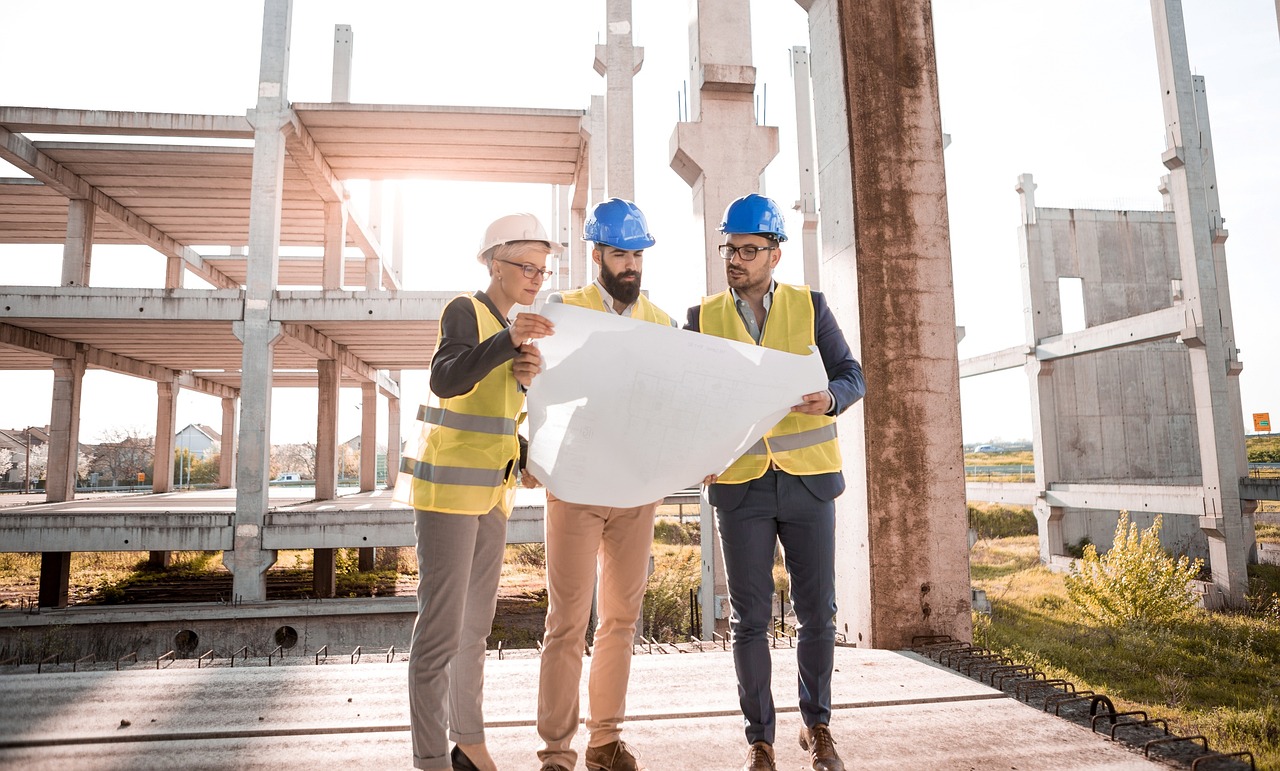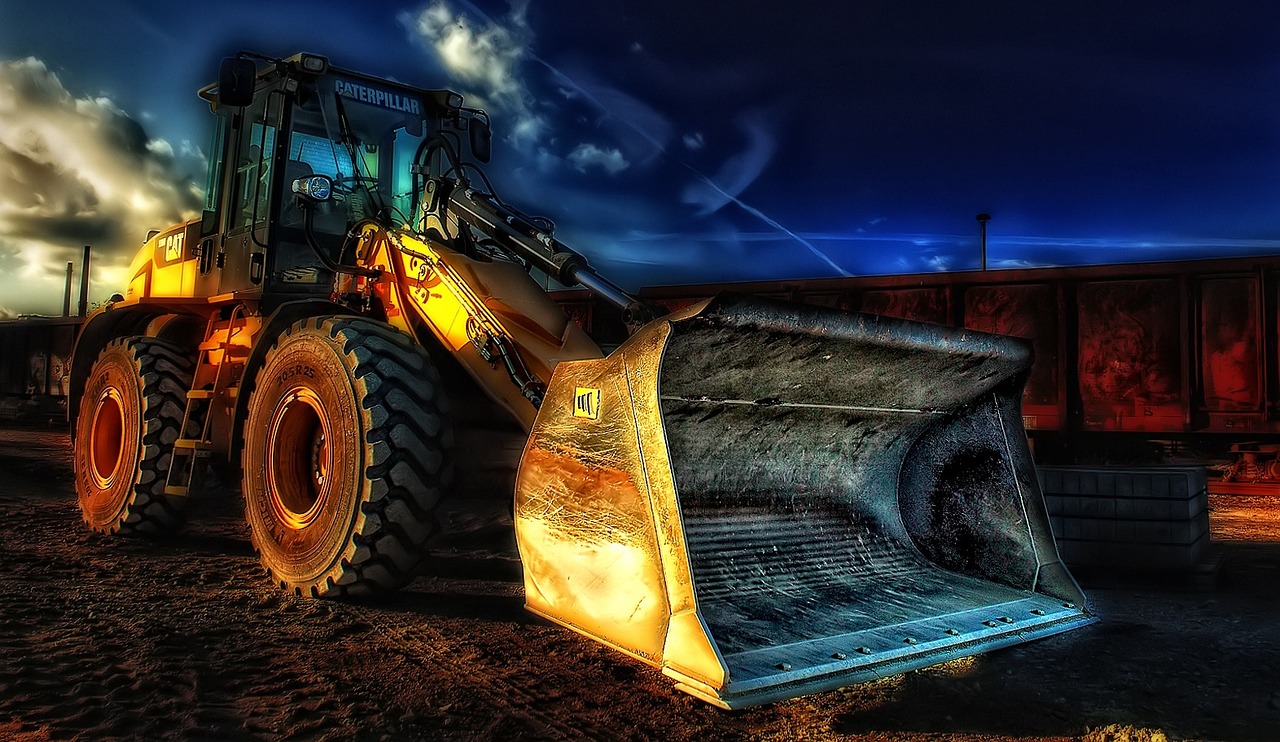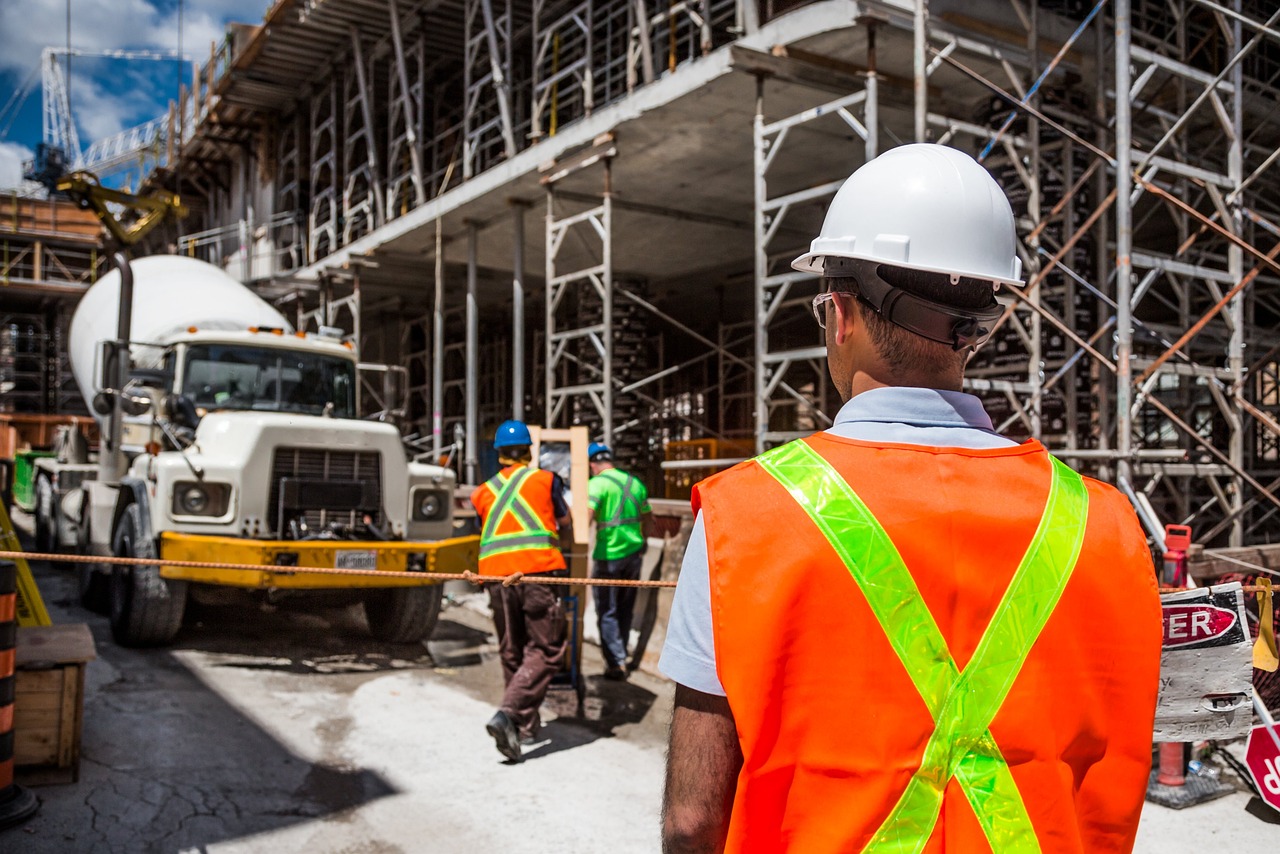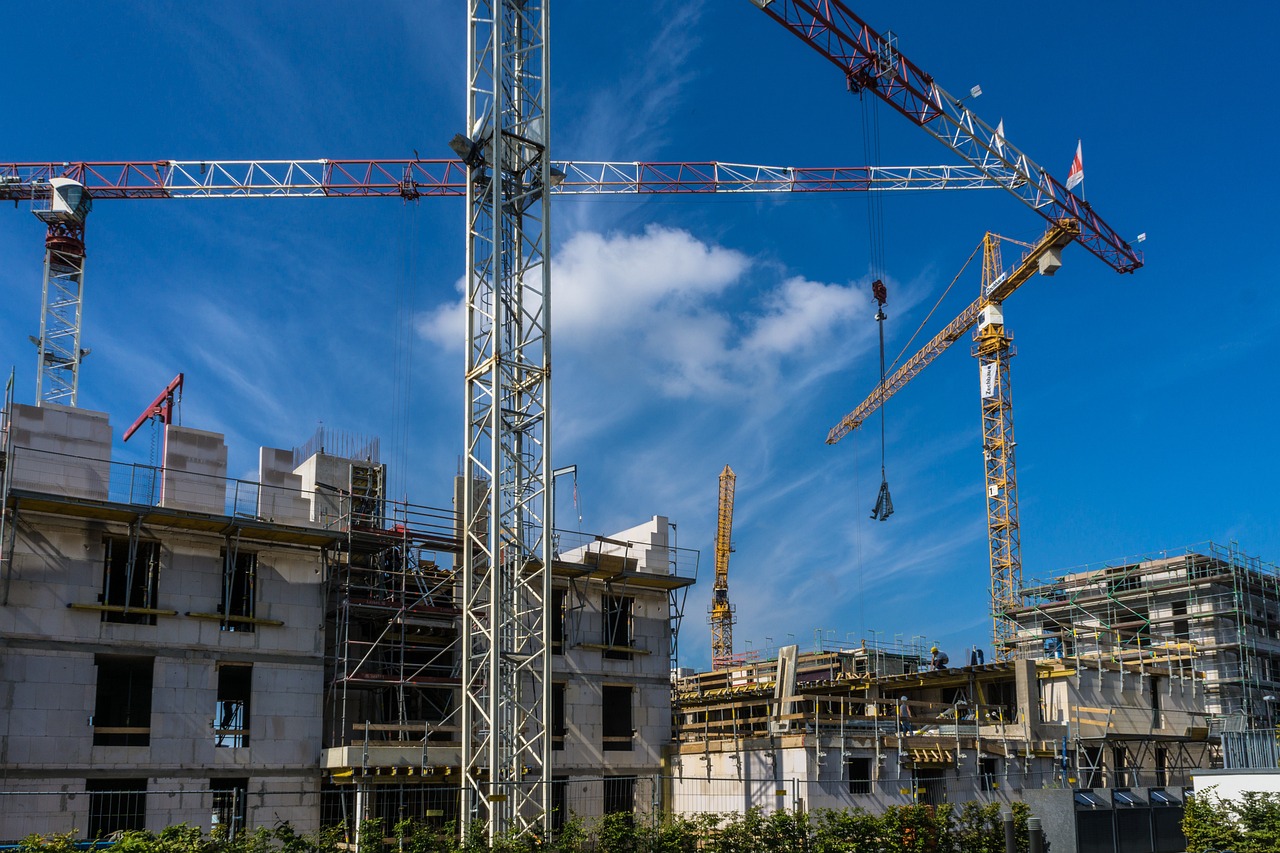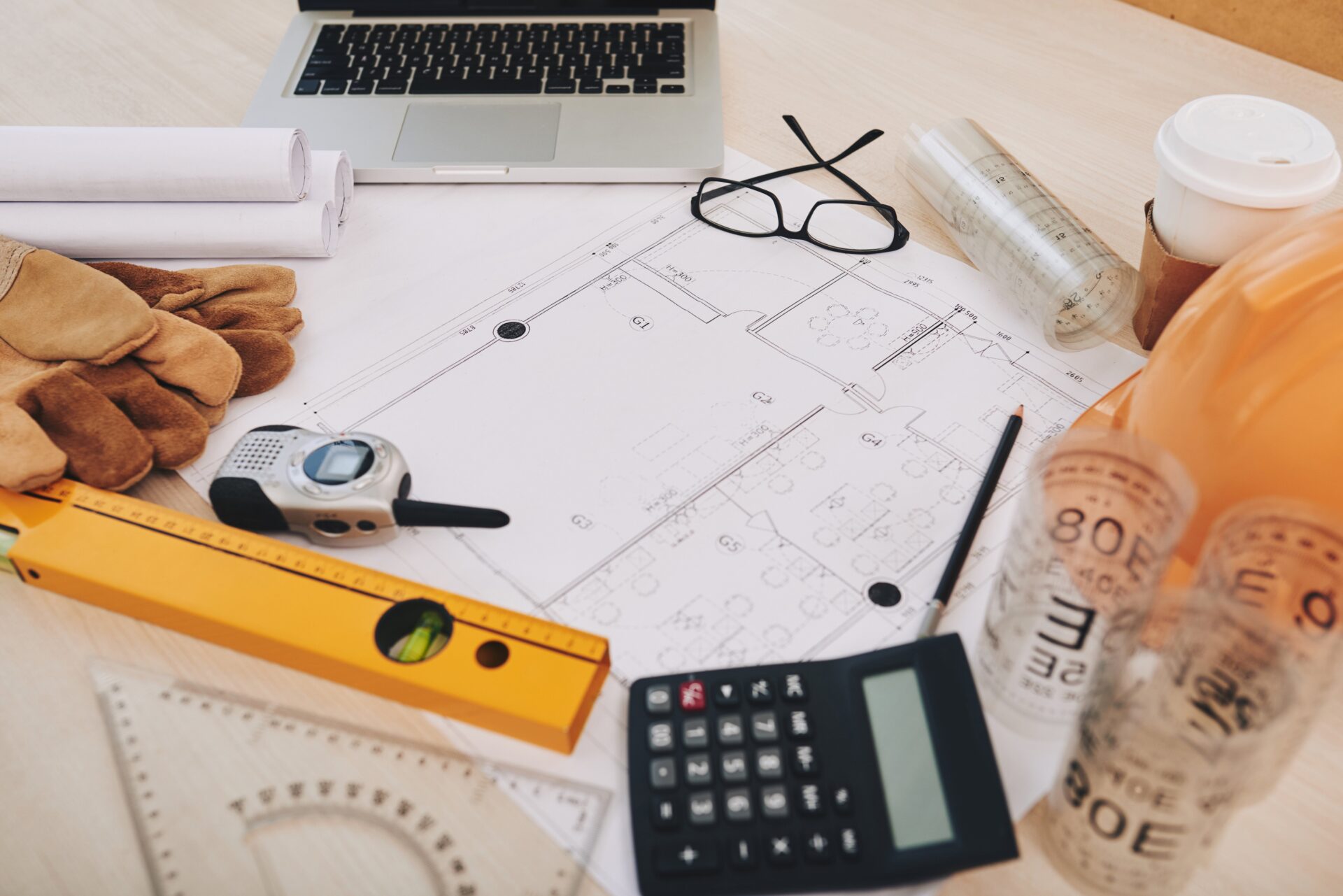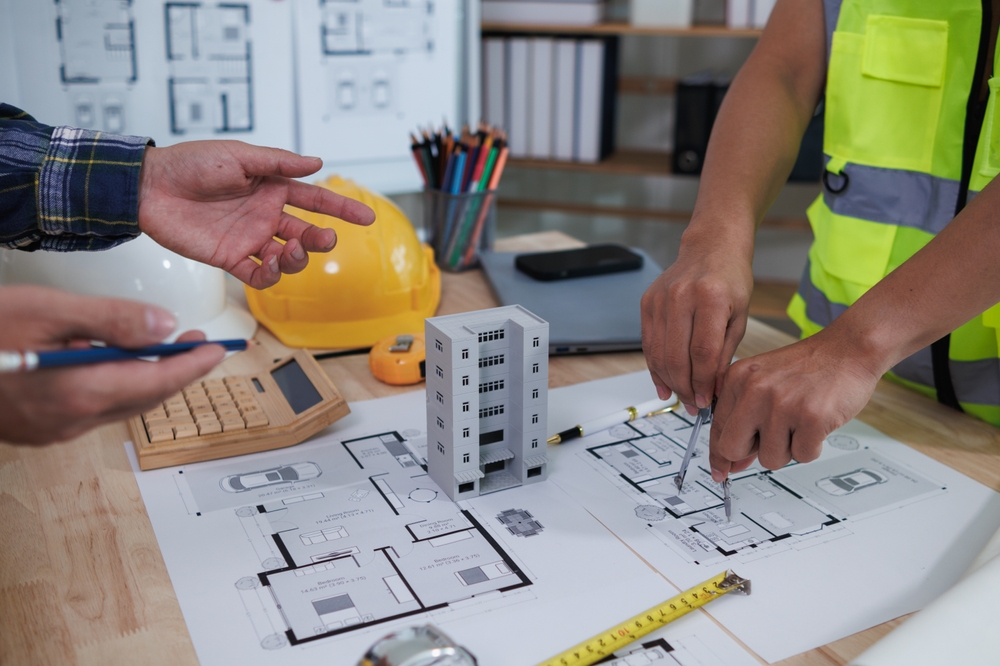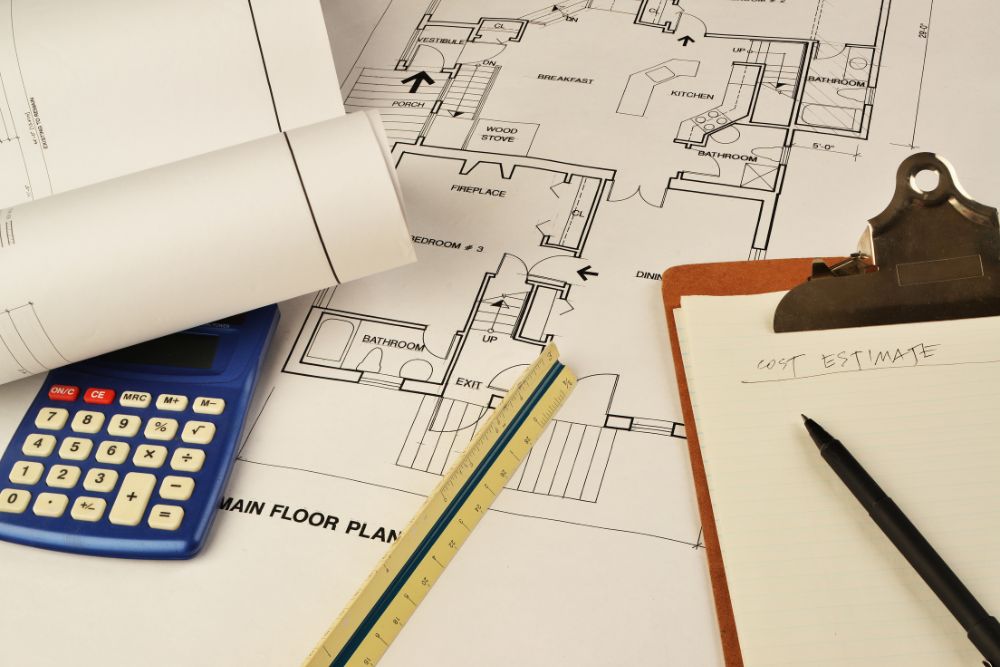Ever wondered why some construction projects go way over budget, even when the materials and labor costs seem accounted for? The secret often lies in understanding the difference between hard costs and soft costs.
Hard costs are the obvious expenses, the bricks, concrete, labor, and equipment you can see. Soft costs, however, are the hidden side of construction: design fees, permits, insurance, and other essential services that make the project possible but often get overlooked.
In this guide, we will explain all types of hard and soft costs, reveal commonly missed expenses, and share tips to manage your budget effectively. By understanding these costs, you can plan more effectively, avoid unexpected expenses, and keep your construction project on track from start to finish.
What Are Construction Costs in Building Projects?
Construction costs are all the money spent to complete a building project. This includes everything needed to take a project from an idea on paper to a finished building.
These costs are usually divided into two main types: hard costs and soft costs. Hard costs are the physical, visible expenses like materials, labor, and equipment, the things you can see on the construction site. Soft costs are the behind-the-scenes expenses, like permits, design fees, insurance, and project management, which are necessary but not part of the actual building.
Knowing the difference between hard and soft costs is important for planning a budget, avoiding surprises, and keeping the project on track. In the next sections, we’ll look closer at hard costs and soft costs, their types, examples, and tips to manage them effectively.
What Are Hard Costs?
Hard costs in construction are the direct, physical expenses of a construction project. These are the tangible construction project costs involved in actually building a structure, the things you can see, touch, and measure on the construction site.
Hard costs include construction materials, labor, equipment, and subcontractor services. They are often called “brick-and-mortar” costs because they form the visible, physical part of a building project.
These costs usually make up the largest portion of a construction project budget, often around 60–70%. Understanding and managing hard costs in construction projects is essential for accurate construction budgeting. Proper planning ensures that your building project expenses stay under control, helping you avoid budget overruns, maintain project quality, and complete the project on time.
Types of Hard Costs in Construction
Hard costs are the tangible, physical expenses directly tied to building a structure. Understanding the different types of hard costs in construction is essential for accurate construction budgeting and efficient project management.
1. Raw Materials
Raw materials are the physical items used in construction, such as concrete, bricks, steel, glass, wood, and facade materials. The quality of materials directly affects the durability and success of the project. Prices can vary due to market fluctuations, inflation, and supply-demand changes. Proper market research is crucial to estimate material costs accurately.
2. Construction Labor
Labor costs include wages for skilled and unskilled workers needed on-site to complete the project. Labor expenses depend on the project’s size, complexity, and the expertise required for sub-projects like HVAC, plumbing, electrical, or water systems. Accurate calculation of labor costs ensures smooth workflow and timely project completion.
3. Equipment Costs
Equipment costs cover all machinery and tools used during construction, including rentals, maintenance, and safety equipment. Whether owned or rented, machinery such as cranes, mixers, scaffolding, and other heavy equipment falls under construction equipment costs, forming a significant part of hard costs.
4. Interior Fixtures
Interior fixtures are permanent elements essential for completing the project. This includes flooring, cabinets, countertops, tiles, plumbing fixtures, lighting, hardware, paints, and pipes. These hard cost items directly impact the project’s functionality and final appearance.
Factors Affecting Hard Costs in Construction
Hard costs in construction are influenced by several factors that can impact your project budget and overall expenses. Understanding these factors helps contractors, project managers, and estimators plan more accurately and avoid unexpected costs.
1. Project Size and Complexity
Larger and more complex construction projects naturally require more materials, labor, and equipment. Complex designs, multiple floors, or specialized features increase hard costs significantly.
2. Material Price Fluctuations
Prices of construction materials like steel, concrete, and wood can change due to market trends, supply shortages, or inflation. These fluctuations directly affect material cost estimation.
3. Labor Availability and Rates
Labor costs depend on the availability of skilled workers and the local wage rates. Shortages of qualified labor or projects requiring specialized expertise can increase construction labor expenses.
4. Site Conditions and Weather
Poor soil, uneven land, or challenging terrain can increase site preparation costs. Additionally, weather delays can affect construction schedules, leading to higher equipment and labor costs.
5. Design and Architectural Choices
High-end finishes, custom designs, or unique architectural features often increase hard costs. Simpler designs are usually more budget-friendly.
6. Regulatory Requirements
Local building codes, permits, and safety regulations can influence construction methods and material choices, impacting hard cost budgeting.
How Hard Costs Impact Construction Budgets
Hard costs are very important because they make up the main part of a construction project’s budget. They include things you can see and touch, like materials, labor, and equipment.
1. Planning the Budget
Knowing the hard costs helps you set a realistic budget. It ensures you have enough money for all the construction work and avoids surprises later.
2. Keeping Costs Under Control
By keeping track of hard costs during the project, you can spot overspending early and fix it before it causes problems.
3. Effect on Quality and Timeline
Good management of hard costs makes sure the project stays on schedule and meets quality standards. Using the right materials and skilled labor prevents delays and rework.
What Are Soft Costs?
Soft costs are indirect expenses in construction projects. They include planning and design fees, permits, legal costs, insurance, and administrative expenses. Typically, soft costs make up 20–30% of a project budget.
These costs appear in every project stage. Preconstruction covers design and permits. During construction, they include project management, temporary utilities, and office support. Post-construction soft costs involve marketing, insurance, and furniture, fixtures, and equipment (FF&E). Proper soft cost estimation helps control budgets, avoid delays, and ensure smooth project execution.
Types of Soft Costs
Soft costs in construction are indirect expenses that support a project but are not part of the physical building. These costs are important for smooth project execution and proper budgeting.
1. Planning
Project planning is the first step for a successful construction project. Architects, engineers, and CAD/BIM designers create drawings, plans, and layouts. Planning also includes market research, scope analysis, and environmental surveys. Proper planning helps the construction team stay organized. Costs for planners and designers are considered soft costs.
2. Insurance
Insurance costs in construction protect workers and the project. This includes builder’s risk, general liability, employee compensation, and property insurance. These costs are essential for risk management and project safety.
3. Legal Fees
Legal fees cover permits, inspections, zoning applications, and attorney fees. These soft costs ensure the project meets regulations and avoids delays.
4. Real Estate
Real estate costs include buying land, leasing property, environmental cleanup, and road extensions. These expenses support the project but are not part of construction itself.
5. Property Management
Property management soft costs cover hiring managers to oversee repairs, security, and daily operations if required by the client.
6. Administration
Administration costs include office staff salaries, software, accounting, taxes, and loan interest. These ensure smooth project operations.
How Soft Costs Affect Project Finances
Soft costs in construction play a big role in managing a project’s budget. They cover expenses before, during, and after construction.
- Pre-Construction: Costs include planning, design, permits, and legal fees. These are necessary to start the project smoothly.
- During Construction: Soft costs include project management, temporary utilities, and insurance. These help maintain workflow and protect the project.
- Post-Construction: Marketing, sales, and furniture, fixtures, and equipment (FF&E) costs are soft costs that support project completion and usability.
Hard Costs vs Soft Costs: Key Differences in Construction
In any construction project, it’s important to know the two main types of costs: hard costs and soft costs. Understanding them helps plan the budget accurately and manage the project smoothly.
To make it easier to understand, here’s a simple comparison of hard costs vs soft costs in construction
Aspect | Hard Costs | Soft Costs |
What it is | Physical, direct construction expenses | Indirect costs are not part of the actual construction |
Examples | Materials, labor, equipment, and interior fixtures | Planning, permits, insurance, legal fees, and administration |
Budget Portion | Biggest part of the budget | Usually 20–30% of the total cost |
Impact | Affects building quality and timeline | Affects planning, compliance, and overall project management |
Purpose | Needed to build the project | Helps run and manage the project smoothly |
How to track | Measure materials, labor, and equipment | Track invoices, fees, and paperwork |
Why Managing Hard and Soft Costs Is Critical in Construction?
Properly managing construction costs is essential for the success of any building project. Both hard costs and soft costs need careful tracking to avoid overspending and delays. Here are the key reasons why managing these costs is critical:
- Accurate Budgeting: Proper management ensures the project stays within the planned budget, avoiding unexpected expenses.
- Improved Cost Estimation: Tracking hard and soft costs helps create precise cost estimates for current and future projects.
- Efficient Resource Allocation: Knowing cost distribution allows better allocation of labor, materials, and equipment.
- Risk Reduction: Proper management reduces the chances of financial overruns and delays.
- Enhanced Project Planning: A Clear understanding of costs supports better scheduling, procurement, and workflow management.
- Quality Control: Managing costs ensures funds are available for quality materials and skilled labor.
- Client Satisfaction: Staying on budget and schedule improves trust and strengthens client relationships.
Tips for Accurate Hard and Soft Cost Estimation in Construction
Estimating construction costs accurately is crucial for project success. Careful planning of both hard costs and soft costs helps avoid overspending and delays. Here are some practical tips for accurate cost estimation:
- Use Detailed Project Plans: Start with clear designs, drawings, and specifications to understand material and labor requirements.
- Break Down Costs: Separate hard costs (materials, labor, equipment) and soft costs (permits, insurance, administration) for precise calculation.
- Consult Historical Data: Review past project costs to identify patterns and estimate realistic expenses.
- Get Multiple Quotes: Obtain vendor and subcontractor quotes to ensure accurate pricing.
- Include Contingencies: Add a buffer for unexpected cost fluctuations in materials or labor.
- Leverage Estimation Software: Use tools like PlanSwift or other construction estimating software for accuracy.
- Regularly Update Estimates: Adjust estimates during project changes to stay on budget.
- Collaborate with Experts: Consult architects, engineers, and project managers for more reliable cost projections.
FAQs
What is an example of a construction hard cost?
A construction hard cost refers to the tangible expenses directly related to building a project. Examples include materials like concrete, steel, and wood, as well as labor, equipment, and subcontractor fees required for actual construction.
What does “hard” mean in construction?
In construction, “hard” refers to physical, tangible costs that are part of the building process. These are expenses for materials, labor, equipment, and site work that contribute directly to the project’s structure and completion.
Is contingency a hard or soft cost?
Contingency is generally considered a soft cost. It is a planned allowance in the budget for unexpected expenses, risks, or changes. While it supports the project financially, it is not a direct, physical construction expense.
Is excavation a soft cost?
Excavation is a hard cost. It involves physical site preparation, such as digging foundations or leveling land, and requires labor, machinery, and materials. These are direct construction expenses essential for the building process.
Is furniture a hard or soft cost?
Furniture is a soft cost. It includes interior elements like chairs, desks, cabinets, and other furnishings. While necessary for project completion, these costs are indirect and not part of the core physical construction work.
Conclusion
Understanding hard costs vs soft costs is essential for accurate construction cost estimation. Hard costs cover materials, labor, equipment, and interior fixtures, while soft costs include planning, permits, insurance, and administration.
Managing both ensures projects stay on budget, avoid delays, and maintain quality. Proper cost tracking also improves resource allocation and reduces financial risks.
For expert construction cost estimation and support, contact us at Prime Estimation. Our team can help you plan efficiently, control expenses, and complete your projects smoothly from start to finish.



